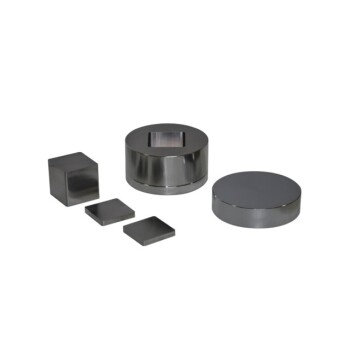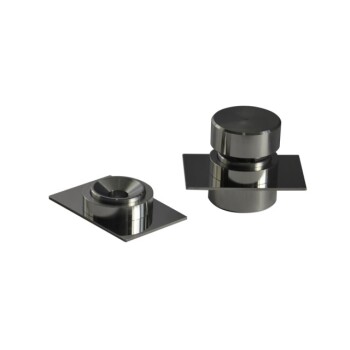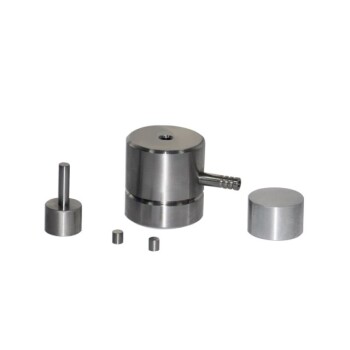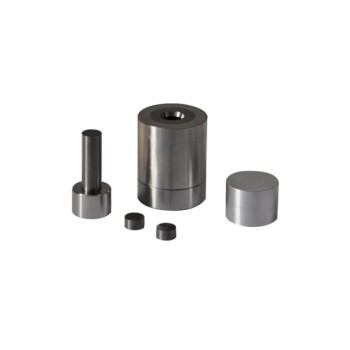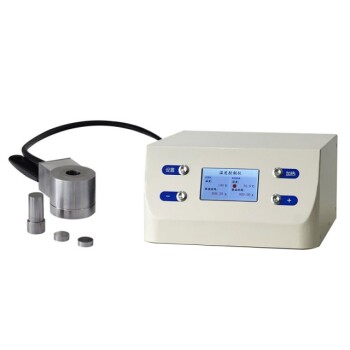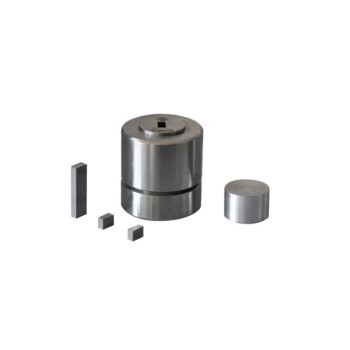Conducting a soil test using a handheld XRF analyzer is a straightforward process. It requires minimal sample preparation and allows for quick on-site analysis. This method is particularly useful for identifying heavy metals and other contaminants in soil. It makes it an efficient tool for environmental assessments and remediation efforts.
5 Easy Steps to Conduct Soil Tests with Handheld XRF Analyzers
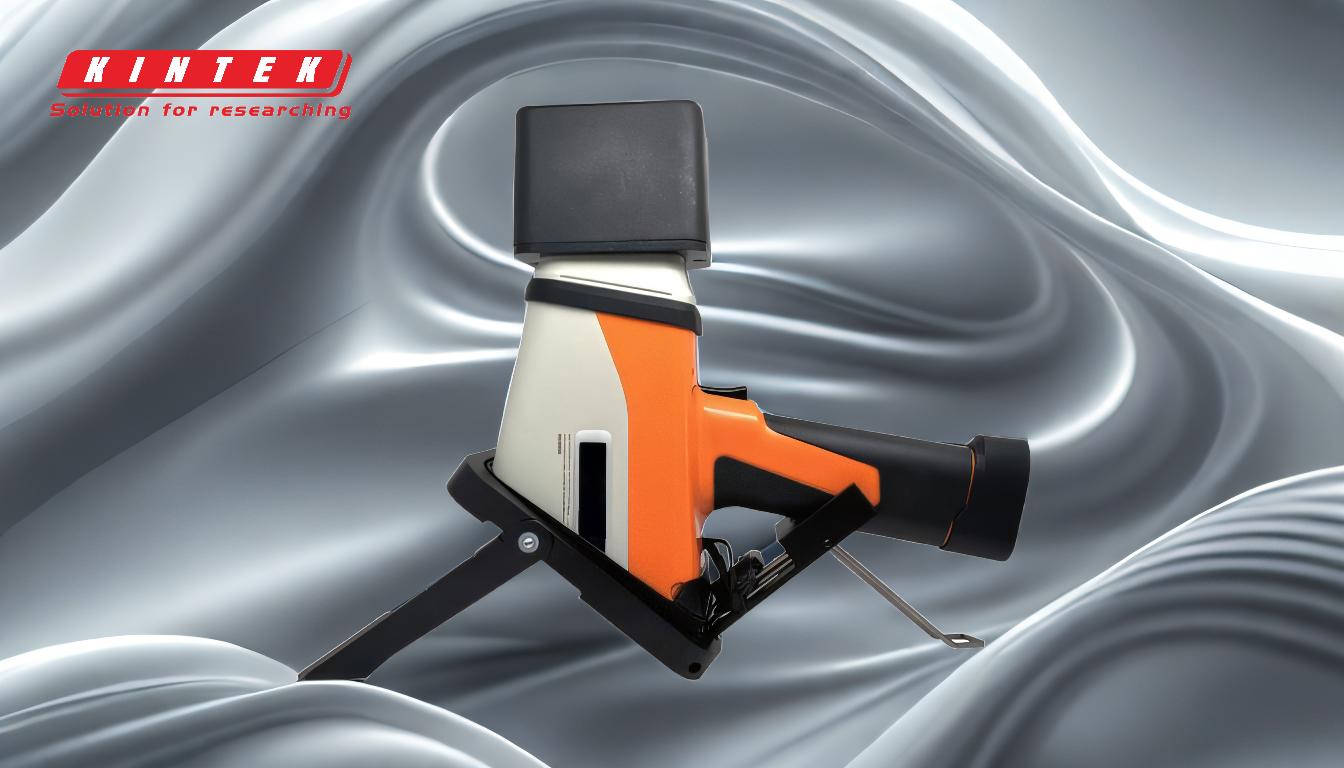
1. Selection of Analytical Method
- Quick Assessment: For a rapid evaluation of soil contamination, especially in field conditions, the handheld XRF analyzer is ideal. It requires no sample preparation, allowing for immediate analysis on-site.
- Thorough Analysis: If a more detailed analysis is needed, especially across different parts of a territory, traditional soil sampling followed by laboratory analysis might be necessary. However, a preliminary quick check with the XRF analyzer can guide the sampling process and focus on areas of concern.
2. Equipment and Tools
- Handheld XRF Analyzer: This device is compact, user-friendly, and equipped with advanced data processing capabilities. It can detect heavy metals and other contaminants quickly and accurately.
- Sampling Tools: For detailed analysis, tools like shovels or soil probes are used to collect soil samples from various depths and locations.
3. Sample Collection
- Depth and Quantity: For a basic quick test, the XRF analyzer can be used directly on the soil surface. For more detailed analysis, collect samples from at least 6 inches deep, taking multiple subsamples (12-15 for a field, 4-6 for a garden) to ensure representativeness.
- Area Selection: When conducting a thorough analysis, select areas based on the variability of the fields, ensuring they have similar parameters to build a comprehensive picture of the territory.
4. Sample Preparation
- Minimal Preparation: The handheld XRF analyzer does not require extensive sample preparation. Ensure the soil surface is clear of debris and organic matter to avoid distorting results.
- Advanced Preparation: For laboratory analysis, remove unwanted organic and inorganic objects from the sample, and if necessary, dry the sample to obtain accurate results.
5. Analysis and Interpretation
- On-Site Analysis: Use the XRF analyzer to scan the soil surface or the collected samples. The device provides immediate data on the presence of heavy metals and other contaminants.
- Data Interpretation: Interpret the results based on the device's readings, which can help identify areas requiring remediation or further detailed analysis.
6. Cost and Efficiency
- Cost-Effective: The handheld XRF analyzer significantly reduces the need for laboratory analysis, thereby lowering costs and time. It also helps in minimizing soil treatment and remediation costs by rapidly identifying contaminated areas.
- Efficiency: The quick and easy-to-use nature of the XRF analyzer makes it efficient for both preliminary assessments and detailed on-site analysis.
By following these steps, you can effectively use a handheld XRF analyzer to conduct soil tests. This ensures a comprehensive understanding of soil quality and guides appropriate remediation efforts. This method is particularly beneficial for its speed, ease of use, and ability to provide immediate results. It makes it an invaluable tool in environmental monitoring and management.
Continue exploring, consult our experts
Discover the power of on-site soil analysis with KINTEK SOLUTION's state-of-the-art handheld XRF analyzers. Experience minimal preparation, rapid results, and accurate contaminant detection, making your environmental assessments and remediation efforts more efficient. Don't wait to elevate your soil testing capabilities. Contact KINTEK SOLUTION today to explore our cutting-edge solutions and transform your soil analysis process!


